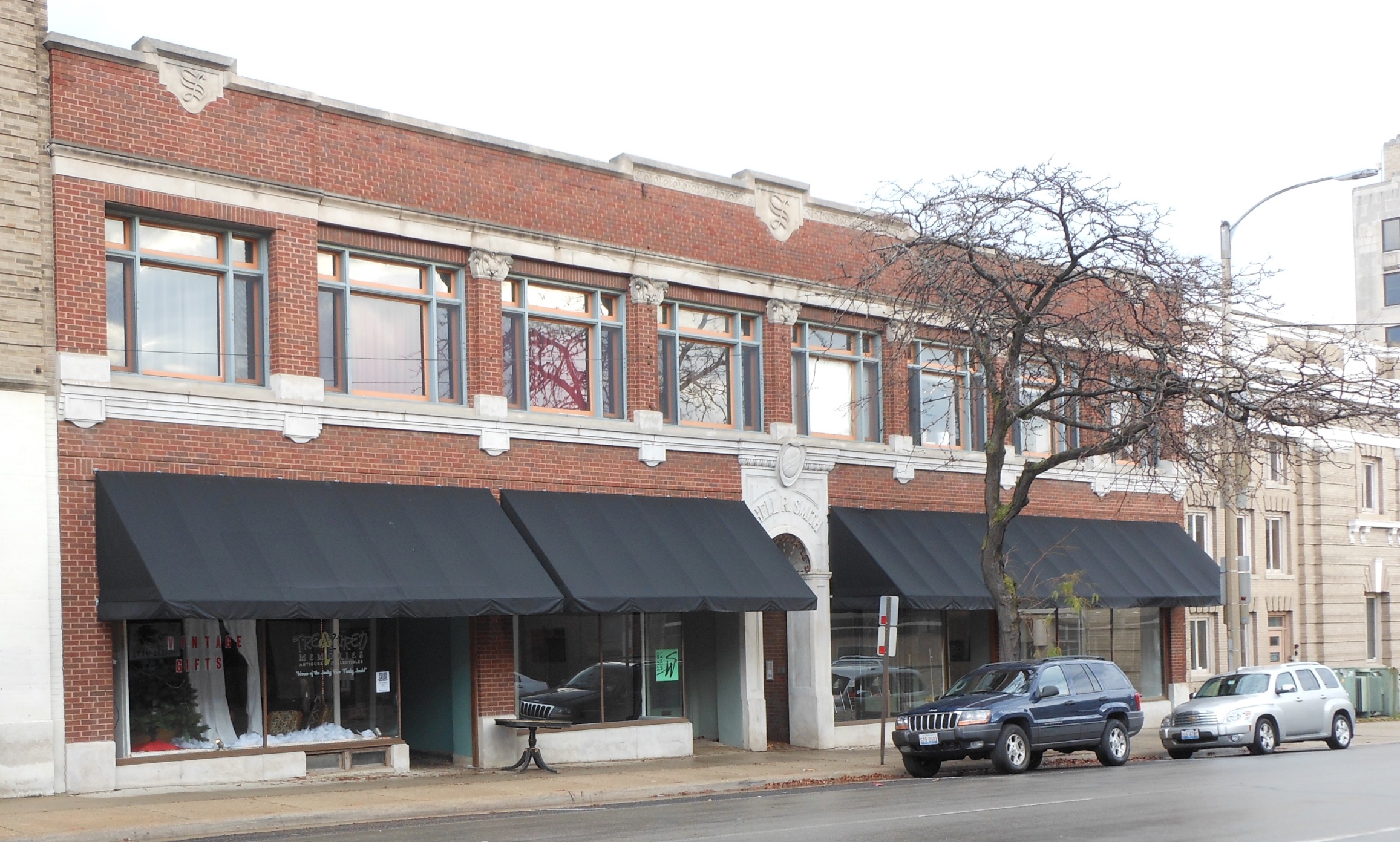Don't Tear it Down
Michael and Jennifer Smith are Strong Towns members living in Rockford, IL. Today they're sharing the story of their work to save a historic building from being demolished.
March 6th, 1901:
“Dear Sir: If the city of Rockford will furnish a suitable site and agree to maintain the library at a cost of not less than $8,000 a year, Mr. Carnegie will be glad to give $60,000 for a free library building.
Respectfully yours,
James P. Bertram, Secretary”
November 21st, 1903: Our new library, courtesy of Andrew Carnegie, was opened to the public. The “suitable site” determined was the former grounds of the Rockford Gas Light and Coke company. Over 100 years later, that site has become far from suitable, as coal tar stored in containers directly underneath our library has contaminated the soil. ComEd, our utility company, is responsible for environmental remediation, which will likely involve demolishing the library.
Extreme Library Makeover. In 1961, the Board “modernized” the building, stripping away all significant architectural features. This is what we’re left with.
February 22nd, 2016: In addition to the prospects of demolishing the library, the Rockford Public Library Board approved the $300,000 purchase and subsequent demolition of 227 North Wyman Street, a property directly north of the library. According to our local paper, the reasons are twofold:
Pictured here is 227 North Wyman Street. This is the property the Library Board moved to demolish.
- To provide space for ComEd to stage equipment for environmental remediation work.
- To allegedly expand the footprint of the new library, encompassing an entire city block.
When I moved back to Rockford a few years ago, I became disenchanted with our low-density, auto-oriented development on the fringes, and began to explore why the historically built environment at our urban core was more heartening. Strong Towns has given me the language to explain this further, and has empowered me to address unique challenges that our City faces… including the myopic practice of demolishing properties like 227 North Wyman (referred to as“227” from here on).
After the Board meeting, I submitted a letter to the Executive Director and Board members, taking issue with their decision to purchase and demolish 227 for the following reasons:
- Having a public entity purchase a revenue-generating property. (Note: Since my initial letter, the Library Board Chair has said publicly they have not yet purchased the building, but are “in negotiations” with the current owners. I remain skeptical.)
- If temporary space is needed for staging purposes, we have plenty of it in the form of surface parking lots.
Image courtesy of Google
Every square above shows the amount of surface parking in proximity to the library. Note the City-owned surface lots in white, steps away from the library. With the exception of one partially-leased lot, none of these lots produce any tax revenue; all of these lots offer substantial space for the remediation project. “But what about the parking?”, one may ask. Note, then, the City-owned parking decks in red, each located one block away from the aforementioned surface lots. “But that parking isn’t free!”, one may respond. No parking is free. Our city pays a big price for the cost of meter-less, surface parking within our urban core. But I digress.
3. Purchasing a historic building, ‘green’ in that its energy is already embodied, and destroying it for a ‘State of the Art’ facility is short-sighted and hubristic. Further, 227 is a contributing building to the West Downtown Rockford Historic District, a District of interest to developers over the past years.
Properties not unlike 227 are being adaptively re-used and re-programmed in our City center. In fact, the Library is quite interested in incorporating mixed-use within their new facility. Repurposing 227 for mixed-use, in my opinion, is a more contextually appropriate exercise than repurposing within a new, unfamiliar building.
Over the following week, I was encouraged to see area residents, Aldermen, the Chair of our Historic Preservation Commission, and others react positively to the post and reach out for additional information. The work continued: I corresponded with the Board Chair, a ComEd representative, our state DOT and Historic Preservation Agency, among others. I even contacted a regional developer to see if they would consider 227 as part of an adaptive reuse project. Undergirding each of these interactions were values that Strong Towns espouses: Empowered citizenship, productive land use, and more.
March 22nd, 2016: The Library Board hosted a public input meeting. The Board Chair stated that the Board was “premature” in saying the building would be demolished. A number of comment cards included variations of “Do not destroy 227 North Wyman!”. This is not ’over’ by any stretch.
But to know that your voice is heard, and your sentiments are shared by others is incredibly empowering. I have Strong Towns to thank for that.
You can get updates on this project on Michael and Jenn's blog, CitySmiths.
(Top image via www.rockfordreminisce.com)
Related stories
About the Authors
Michael and Jennifer Smith enjoy learning about and applying the principles of new urbanism in their community, working to promote the value of and preserve historic places in Rockford, and finding ways to ensure that every person who calls Rockford home can experience all the best that a city has to offer. They recently started the blog CitySmiths.






